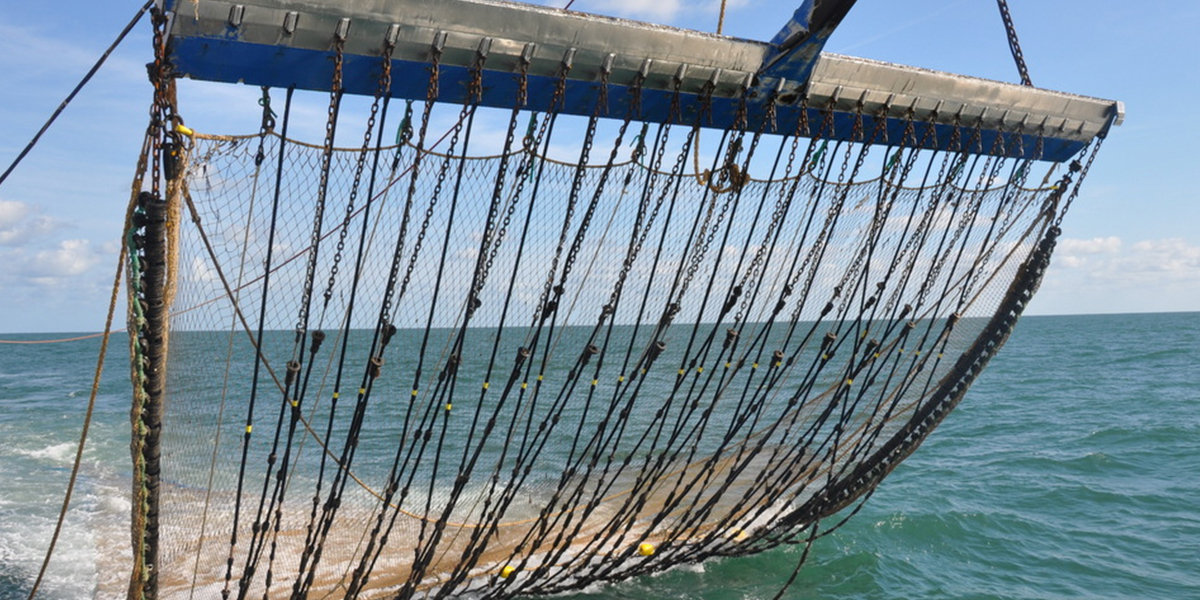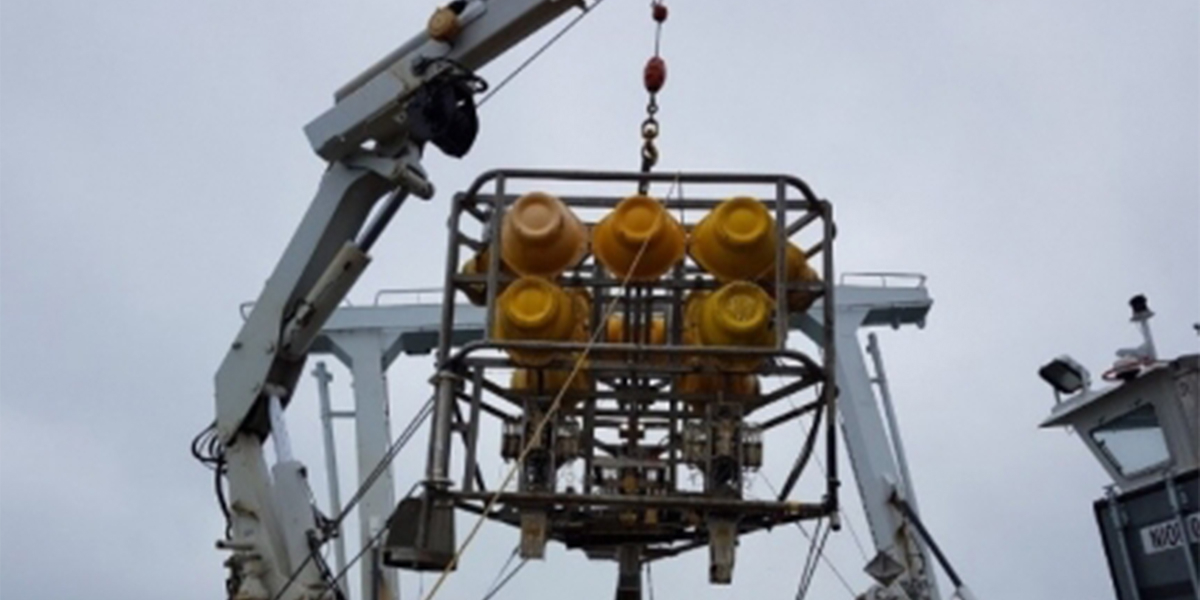PULS_Impact Assessment of Pulstrawl Fishery (IAPF)
The overall aim of this project is to assess the long-term impact of the commercial application of pulse trawls in the North Sea flatfish fishery. In order to fulfill the this goal, predictive models of the effect of electric pulses on organisms and on different ecosystem components will be developed and applied. The results will be integrated to assess the consequences of a transition in the flatfish fishery from using tickler chain beam trawls to pulse trawls on the bycatch of undersized fish (discards) and the adverse impact on the North Sea ecosystem.

Background and motivation
The North Sea flatfish fishery is mainly carried out with vessels that tow double beam trawls over the sea bed to target sole and plaice (Rijnsdorp et al., 2008). This beam trawl fishery, in particular the one targetting sole, is characterised by a substantial bycatch of undersized fish, benthic invertebrates and debris. In addition, beam trawls have an adverse impact on the structure of sea bed habitats and impose an additional mortality on invertebrate animals in the path of the trawl (Lindeboom and de Groot, 1998; Kaiser et al., 2006). In terms of benthic impacts, flatfish beam trawls together with shellfish dredges are considered to be the most detrimental fishing gears in the North Sea (Polet and Depestele, 2010). These benthic impacts are related to tickler chains that are used to chase sole out of the sea bed. These tickler chains dig into the sea bed to a depth of 8cm or more (Paschen et al 2000).
Switching to pulse trawls?
Research into alternative methods to catch sole has been conducted since the 1970s to increase the selectivity for sole. This research focussed on the use of electrical pulses that led to a contraction of the body muscles (cramp response) during exposure which prevented the sole to dig into the sediment. The U-shaped form of a cramped sole makes it easier to catch in a bottom trawl. After successful commercial trials since 2005, an increasing number of vessels has switched from the traditional tickler chain beam trawls to pulse trawls. These vessels operate under a temporary licence, because use of electricity in catching marine fish is not allowed in EU waters (EC nr 850/98, article 31: non-conventional fishery techniques).

The introduction of pulse fishing in the North Sea has raised serious concerns among stakeholders (fishing industry, NGO’s) and EU member states. Kraan et al. (2015) made an inventory of the concerns which were discussed at a pulse dialogue meeting organised in July 2015. The concerns are related to the lack of knowledge about the ecological effects of electrical pulses on the marine ecosystem and the risk of an increase in catch efficiency and the consequences for other fisheries. The concerns were aggravated by the increasing number of temporary licences to 84 in 2014, as part of a Dutch pilot project in preparation of the introduction of the landing obligation under the reformed European Common Fisheries Policy.
Towards a scientifically informed decision
The question whether pulse trawling can be accepted as a commercial fishing method in the EU will be evaluated in the near future. In order to support the decision making process on permanent acceptance of the pulse trawl technique, scientific information is required on the effects of electricity on marine organisms and the benthic ecosystem, and implications of a transition of the beam trawl fleet. The Pulsetrawl Impact Assessment (IAPF) project developed below aims to provide the scientific basis for the assessment of the consequences of a transition in the flatfish fishery from using traditional tickler chain beam trawls to the pulse trawl.